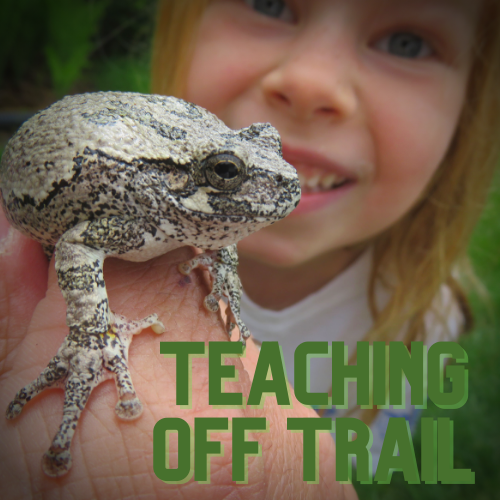Day 56 - A Site to See
Having successfully gotten the initial mowing completed, we were excited to pursue the next steps of the restoration process. We had devised a plan with our restoration. To capitalize on the fall mowing, we had to hit the ground running right away in spring with a series of steps that would last throughout the growing season and start the process of tackling the reed canary grass if done in a timely manner. These steps cost money. Now that we knew funding was not in the cards this first full year, we had to decide if we wanted to wait until we received funding at the risk of losing the momentum gained from the mowing or hope that we could start restoration in an efficient and effective manner, even if we ponied up our own money to do so.
We determined the restoration process was truly something we felt passionate about. The sooner we started, the sooner we could see the results we desperately wanted.
We talked with our restoration expert and set up an early spring site visit.
At that visit, though we discussed initial step options, we focused on a more long-term vision approach. It was nice to see that we both shared a lot of the ideas about what the land could become. My enthusiasm was only matched with his experience. For example, when we walked the land, I saw grass, a few shrubs, and trees. He said that in that short stroll through the land he noticed nearly forty native species amongst the invasive reed canary grasses. He mentioned that this was very encouraging because it meant that there was an active native seed bank already present and could be even more present once steps were taken to remove the reed canary grass.
I was in awe of his knowledge. I also appreciated that he was very straightforward with his information. He pulled no punches. This project would take time and money if we wanted to do it the right way. After our initial site, I could sense how he was passionate about helping us see our vision come to life in a way that didn't drain our enthusiasm or bank account.
